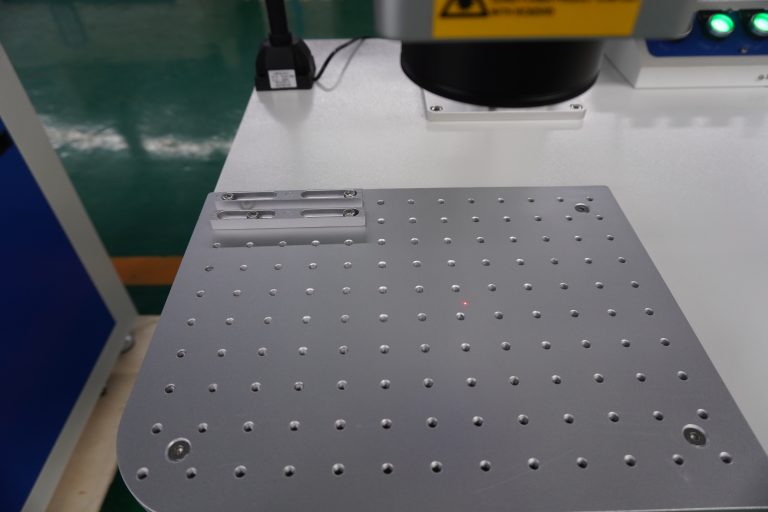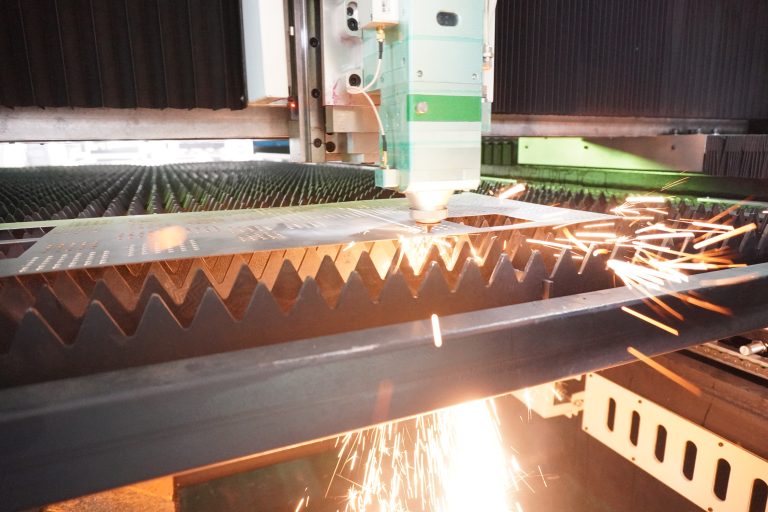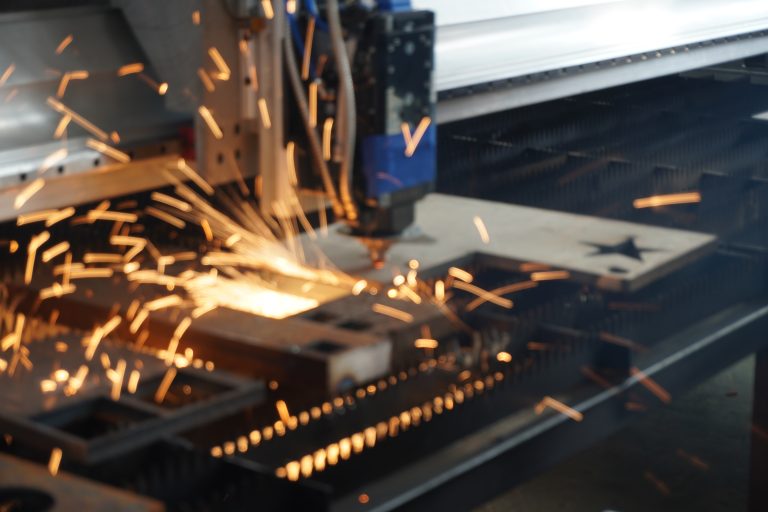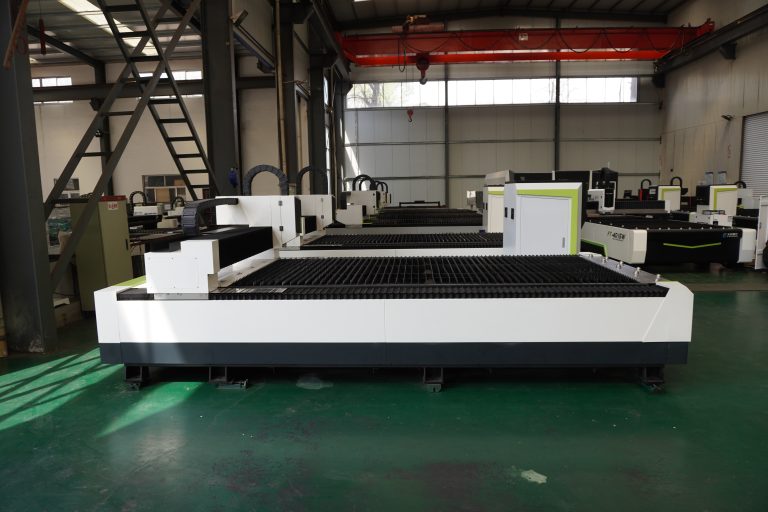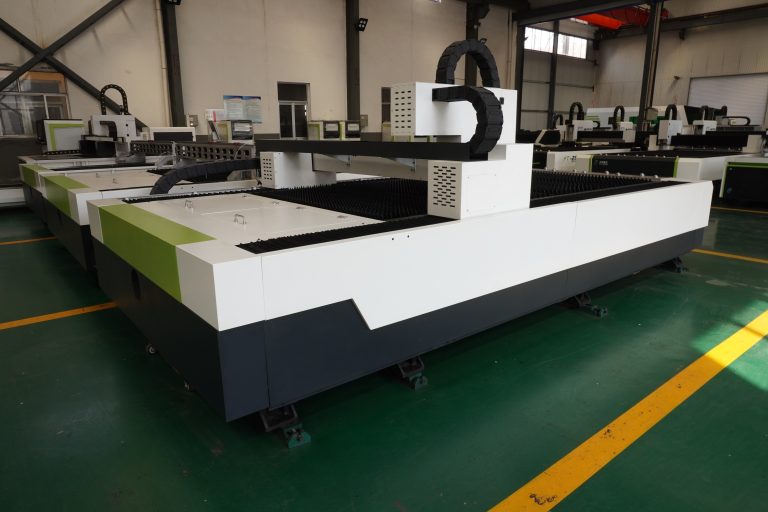As a laser cutting practitioners, it is necessary to have a comprehensive understanding of the laser cutting machine, especially in the cutting process, a deeper understanding of the cutting process, in order to enhance their own operating technology. Today, to share some laser cutting knowledge, I hope to help you in the cutting process.
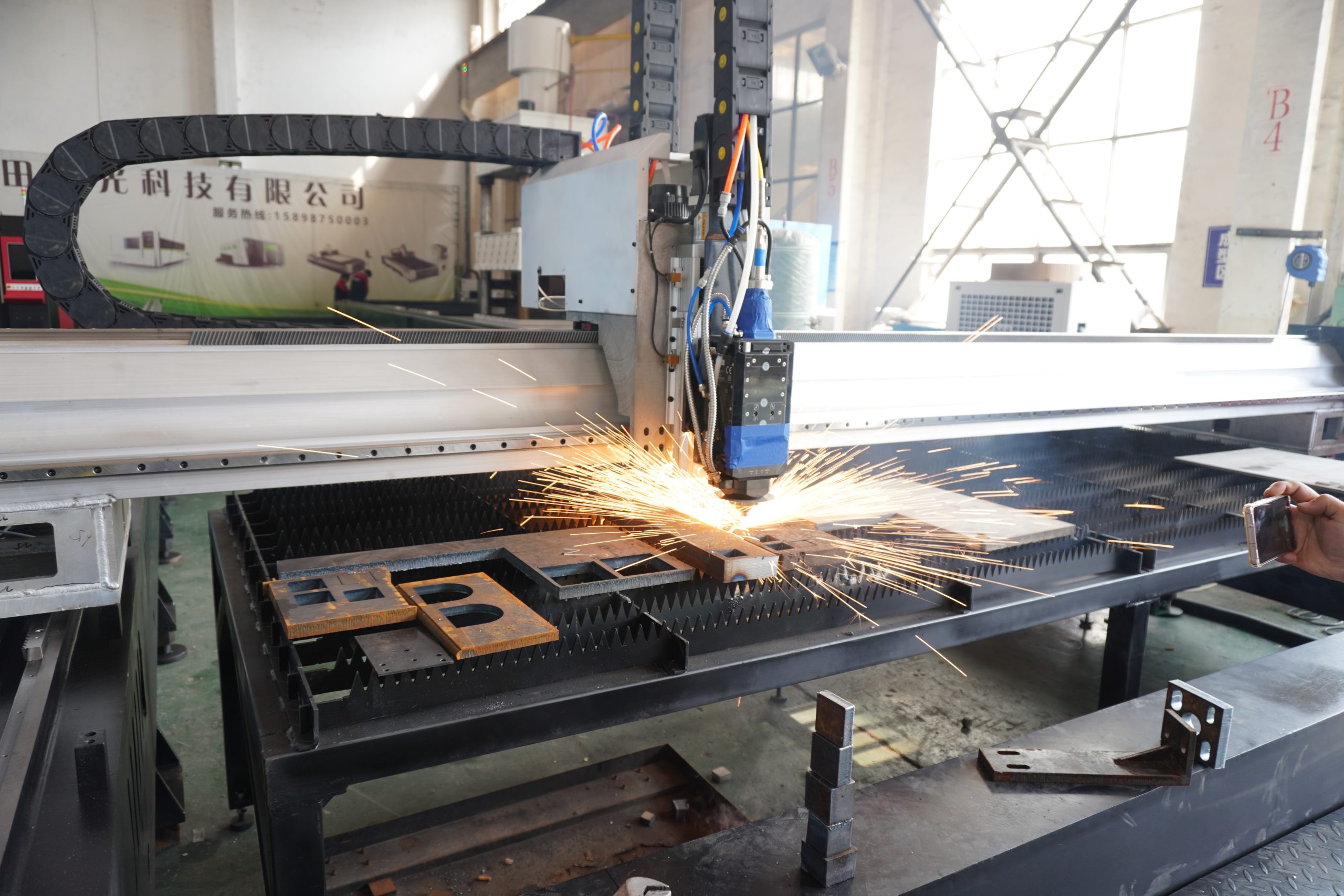
Control of focus
Stainless steel: (focus is negative focus) (the amount of focus is adjusted according to the thickness of the plate)
①: the higher the focus, the brighter the cutting surface.
②: the lower surface hangs hard slag is: the focus is too high, the speed is too slow, the air pressure is too small.
③: The lower the focal point, the rougher the cutting surface.
④: The soft slag on the lower surface is: the focus is too low, the speed is too fast, the air pressure is too large, and the power is too high.
⑤: The cut is impervious to: the focus is not right, the power is too low, the speed is too fast.
Carbon steel: (focus is positive focus) (the amount of focus is adjusted according to the thickness of the plate)
The hard slag hanging on the lower surface is:
①: the focus is too low; ②: the air pressure is too slow; ③: the power is too small; ④: the speed is too fast.
The roughness of the cutting surface is:
①: the focus is too high; ②: the air pressure is too large; ③: the power is too large; ④: material problems.
Cutting nozzles and lenses
1.Selection of nozzles and lenses for cutting carbon steel: (CO2)
①: Selection of lenses:
Choose (5-inch) lenses for cutting 1-8mm carbon steel.
For cutting carbon steel of 8-10mm, use a 7.5-inch lens.
②: Selection of nozzle:
For cutting carbon steel of 1-6mm, use a nozzle (Φ1.0 double).
For cutting carbon steel of 8-10mm, use a nozzle (Φ2.0).
2.Selection of nozzle and lens for cutting stainless steel: (CO2)
①: Selection of lens:
For cutting stainless steel of 1-4mm, use a (5-inch) lens.
When cutting 4-6mm stainless steel, use a 7.5-inch lens.
②: Selection of nozzle:
For cutting 1-3mm stainless steel, use a nozzle (Φ1.5). Cutting (Nitrogen pressure) 10kg-13kg
Use (Φ2.0) nozzle for cutting 3-4mm stainless steel. Cutting (Nitrogen pressure) 13㎏-15㎏
For cutting 5-6mm stainless steel, use (Φ2.5) nozzle. For cutting (Nitrogen pressure) 14㎏-16㎏.
Selection of auxiliary gases
Air: ①: Used as cutting gas ②: Used for cooling the cutting head ③: Used for dust removal inside the optical path (to protect the lens and prolong its life)
Oxygen: Used as a gas for cutting carbon steel (flammable) Purity 99.5%
Nitrogen: Used as a gas for cutting stainless steel (coolant) Purity 99.9% (Cutting speed of carbon steel is 3/4)
High-purity Nitrogen: Used as a gas for laser Purity 99.999% High-purity Helium: Used as a gas for laser Purity 99.999% High-purity Carbon dioxide: Used as a gas for laser Purity 99.999% 99.999%
High-purity helium: used as a laser gas 99.999% pure
High-purity carbon dioxide: used as a laser gas 99.999% pure
Laser Hole Cutting Requirements
①Cutting carbon steel type plate within 8㎜, the hole diameter cannot be smaller than the thickness of the plate, and cutting plate within 10㎜, the hole diameter cannot be smaller than 1.2 times of the thickness of the plate.
② For cutting stainless steel plate within 4㎜, the hole diameter should not be smaller than the thickness of the plate, and for cutting plate over 4㎜, the hole diameter should not be smaller than 1.2 times of the thickness of the plate.
③If the hole diameter exceeds the above range, use pulse cutting or perform marking treatment.
Pulse Cutting Requirements
① Speed is 30-50% of continuous wave.
② The power is a little bit bigger than that of continuous wave.
③ The air pressure is about 2 times larger than that of continuous wave. Perforation using continuous wave.
Choice of perforation
Suitable for carbon steel materials
①Normal piercing: Suitable for use when cutting carbon steel up to 5㎜.
② Progressive piercing: Suitable for cutting carbon steel of 6-8㎜. (The corresponding parameter P990012 must be modified.)
③ Powerful perforation: Applicable for cutting carbon steel of 10-12㎜ (violent perforation method).
The perforation height is not lower than the cutting height; the perforation air pressure is not lower than 1.0.
Introducing line references
For cutting stainless steel
① For cutting stainless steel of 1-3㎜, a single method (cutting small circle or reducing speed) is used.
②When cutting stainless steel of 3-6㎜, two types of cutting (round-cutting or deceleration) are used.
③The air pressure for cutting is 1.5 times larger than the air pressure for cutting.
Analysis of the causes of storm holes
① Insufficient piercing time
② Excessive air pressure
③ Incorrect focus
④ Too low piercing height
⑤ Inconsistent pulse frequency
⑥ Excessive power
